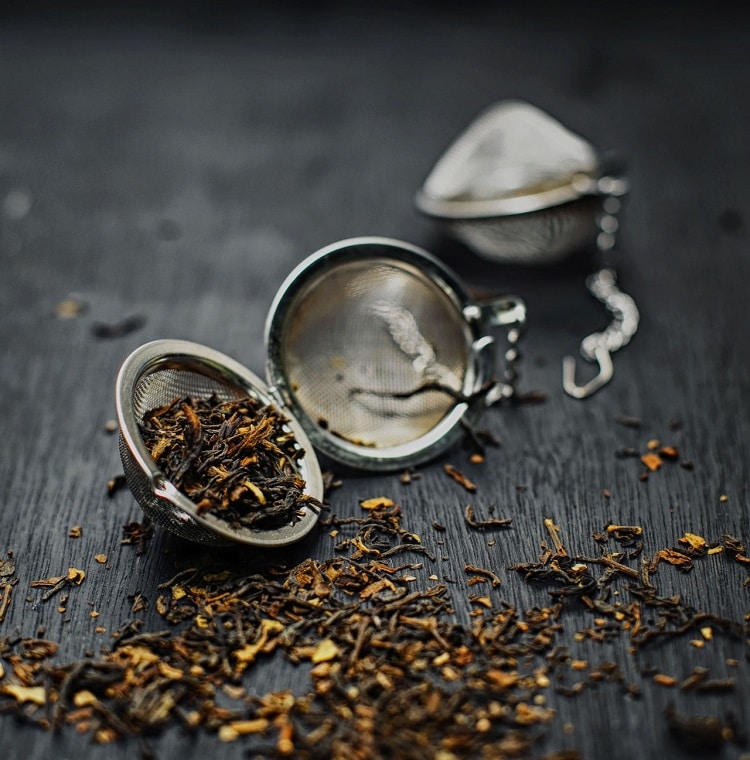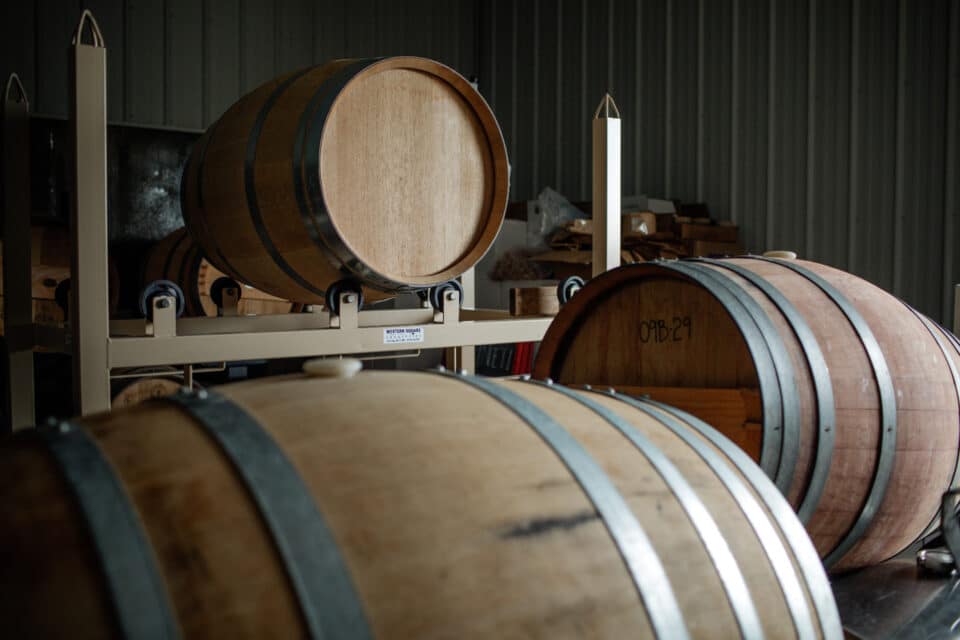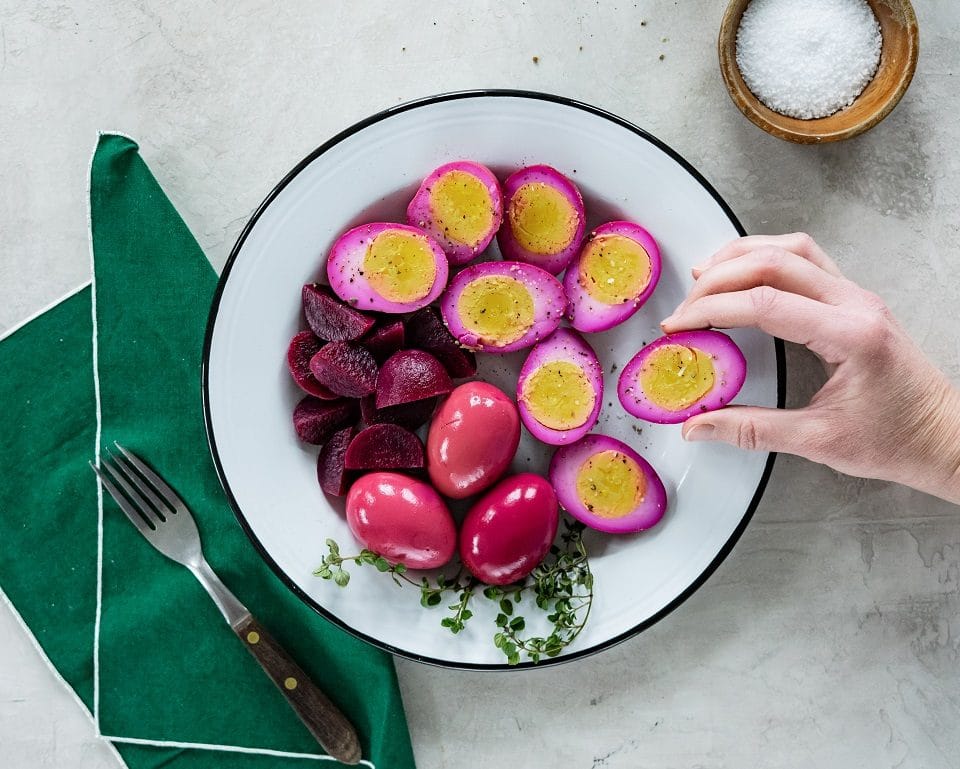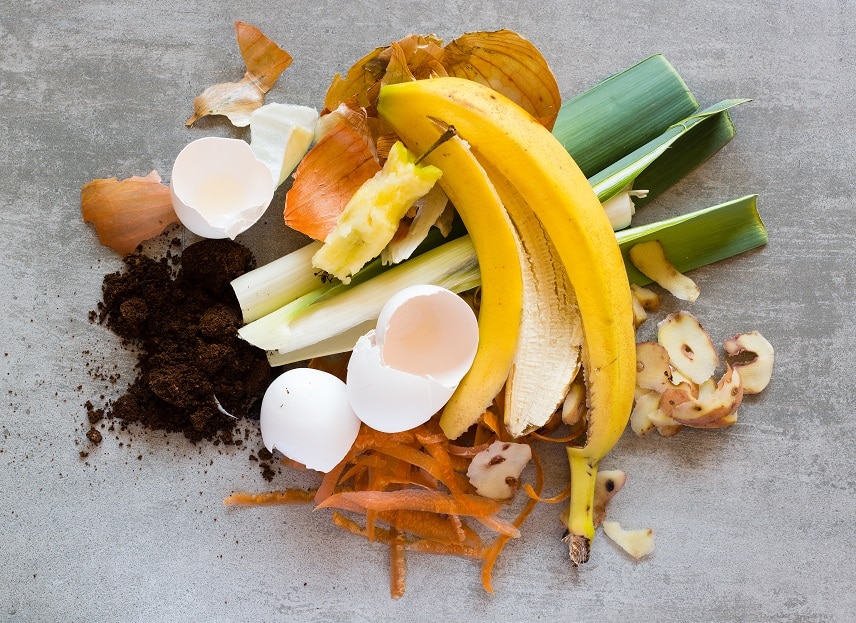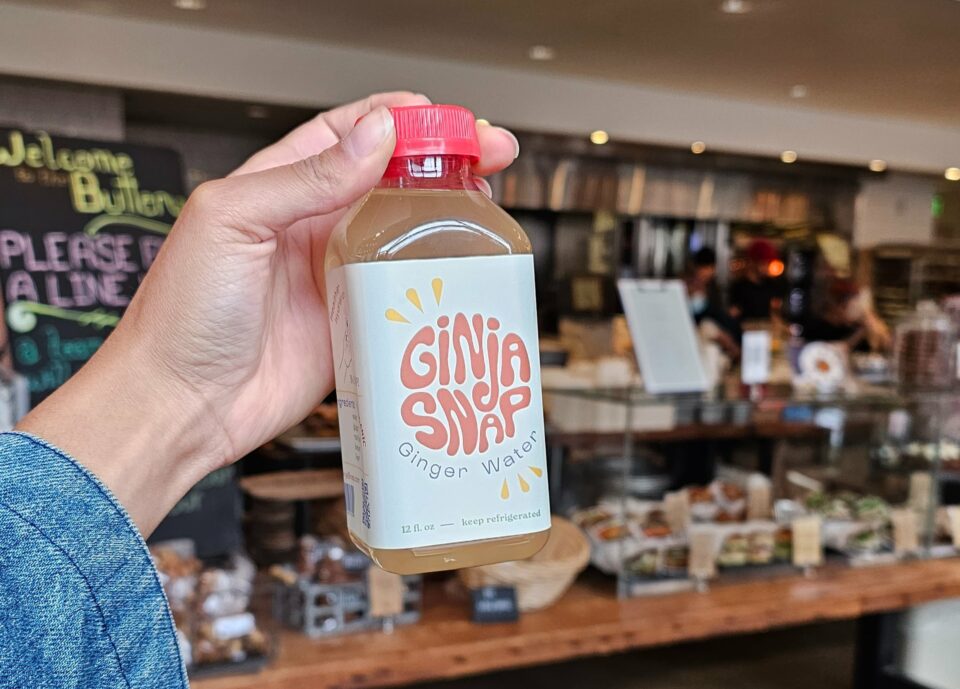January is National Tea Month, and it’s time to gear up and get healthy, eliminate sugary drinks and explore the wide range of teas available to help revive and restore our winter-worn spirits. Delaware-based Blackthorn Hoodoo Blends tea creator Amy Blackthorn loves this time of year, and carefully selects seasonal teas to invoke just the right feeling of wellness. She also enjoys taking a look at trends in tea.
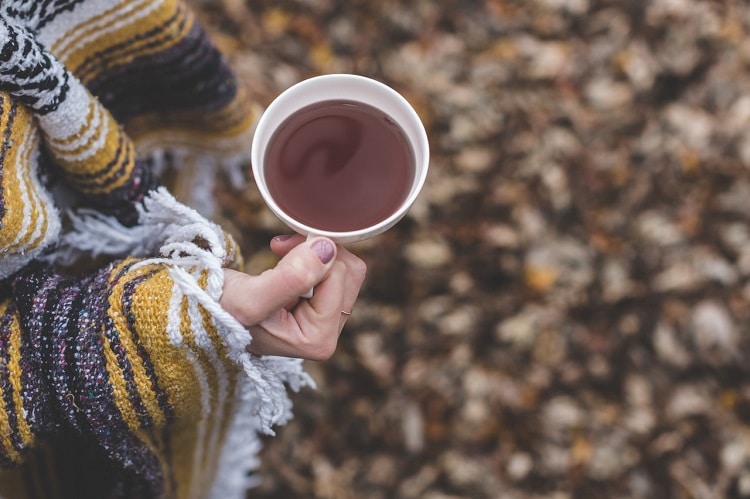
“It’s no coincidence that we turn to thoughts of health and well-being at this time of year,” says Blackthorn. “Before the Industrial Revolution, we were largely an agrarian society. We lived and died by the health of our land, and no time more so than in the dead of winter. Foods were scarce and lacking a lot of vitamins and minerals because the warmth of summer was a distant memory.”
Luckily now, we can get all the nutrition we need delivered to our door, in the form of meal plans, fresh fruits and vegetables from farms, co-ops and grocery stores. But many of us still seek other ways to revive, nourish and heal our bodies, and tea can do that.
An expert in all-things-tea, we asked Blackthorn to let us in on some of the biggest tea trends and health info related to this wonderful beverage. Here’s what she shared with us:
Health
- Less is more. “Overdoing it with anything can be harmful. Too much water can harm kidneys, too much coffee can irritate the stomach, and too much green tea can lead to sleeplessness, restlessness and frequent trips to the bathroom. Everything in moderation,” Blackthorn explains.
- A + amino acids. Black tea may give you a caffeinated boost, but white tea and green tea are higher in an amino acid called L-Theanine. This amino acid promotes relaxation without being a sedative. All green teas are also naturally high in a compound called EGCG, which acts as a natural energy booster and helps burn fat.
- Tea tip: Think about brewing some green tea at the afternoon slump instead of reaching for coffee or soda.
- Proper prep. If white or green tea tastes bitter and unpleasant, chances are the water was too hot and left too long to steep. Green teas are meant to be prepared around 175°F, for 1–2 minutes, not the 208–212°F of a boiling tea kettle.
- Chill on the caffeine. People often reach for more and more caffeinated beverages hoping to inspire a wake-up. However, the more caffeine ingested, the bigger the potential crash. Consider replacing one cup of coffee a day with tea, and you’ll notice a difference.
-
- Tea tip: If you really rely on caffeine, that’s just one more reason to try matcha. “Since matcha uses the entire leaf, it has up to three times the amount of caffeine as traditionally brewed tea. Or, if you’re one of the millions of Americans with digestive issues, acid reflux (GERD), or other sensitivities and still want the caffeine, you may consider replacing coffee with a mate tea [made from the leaves and twigs of the South American rainforest holly tree], as it has more caffeine than coffee,” Blackthorn explains.
Trends
- Going green. Matcha and green teas are where it’s at. “If you scroll through Instagram, you’ll notice a huge number of health and wellness posts centering around matcha,” Blackthorn notes. “Most people are getting their first experiences with matcha from their local Starbucks, but this healthful, flavorful leaf has been produced for thousands of years.”
- Tools of the trade. As matcha continues to take over, expect to see more and more pretty matcha whisks, scoops and tools on the market.
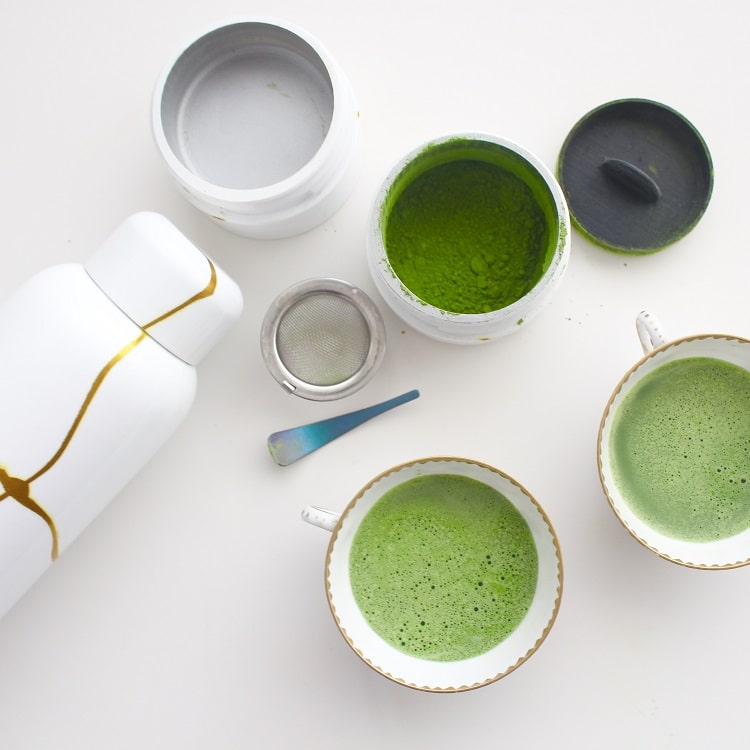
- Blend it up. Custom tea blends are trending big time. Many of them are geared toward specific ailments or outcomes, like Blackthorn Hoodoo Blends’ Fiery Wall of Protection, a serious immunity booster with Ceylon black tea, cloves, black peppercorns, cardamom pods, ginger and cinnamon bark.
- An apple a day. A trending base for wellness tea is dried apples, says the tea creator. “Dried-apple based teas are hydrating, provide mineral and vitamin support to the body as well as immune system and have a natural sweetness if your New Year’s resolution includes cutting out sugar,” she adds.
Of course, there’s not one right answer of what tea will complement everyone. Each person has different health and wellness goals, there’s never one right answer. “Some people’s wellness goals include getting away from caffeine entirely. For those people, I suggest honeybush or rooibos as a base. Peppermint, lavender, and rosemary are all members of the same family and are nourishing, calming, and helpful for stomach upset, stomach bugs and malaise,” Blackthorn notes. “For emotional support, relaxation and sleep, lavender, lemon balm and chamomile are the best contenders. For getting through the cold and flu season, warming herbs are the champions. Cinnamon and cloves are both stimulating for the immune system, so chai is the perfect partner. If colds or flu creep in, reach for elderberries (even dried) to add to your teapot.
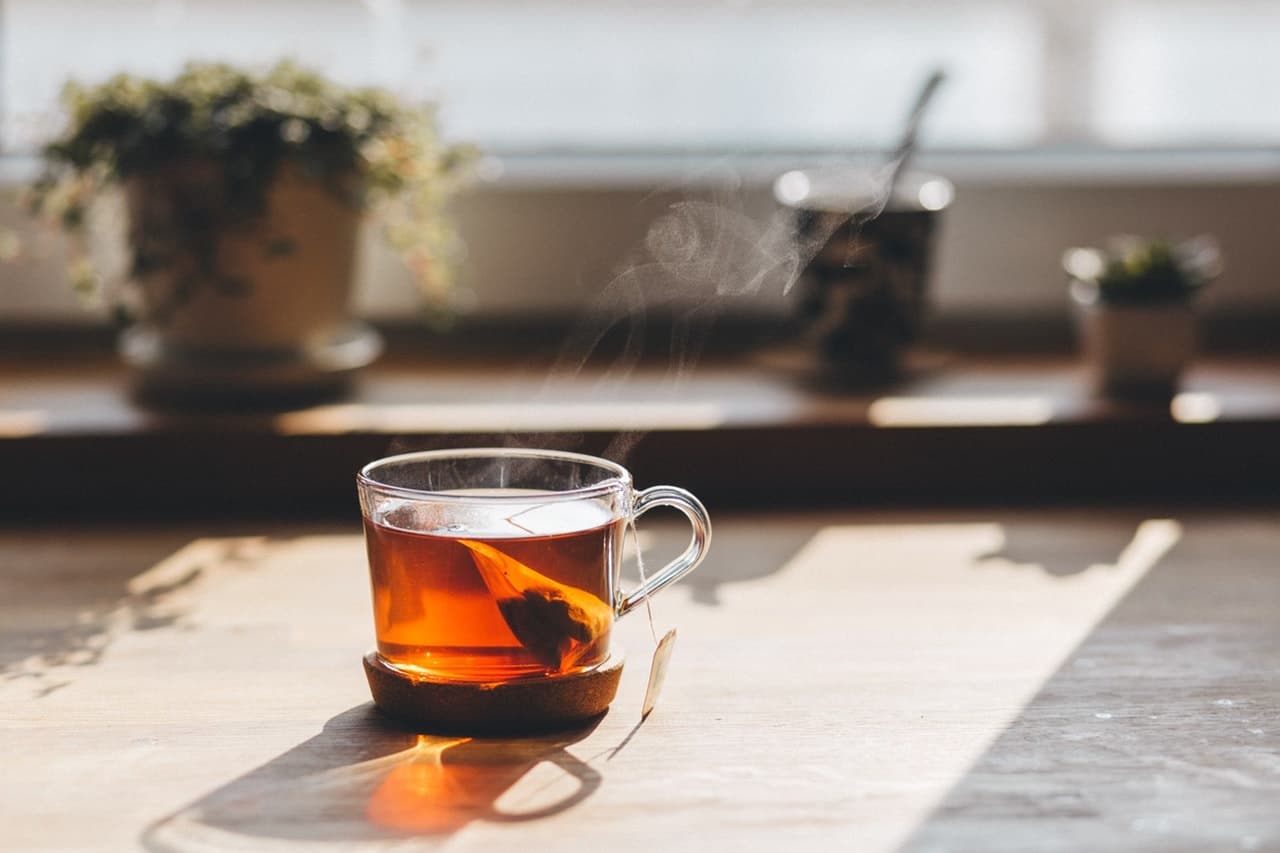
For maintaining health and wellness Blackthorn suggests a rooibos or honeybush-based tea. She says, “The reasoning is simple. It does not increase or decrease the amount of caffeine ingested, it isn’t dehydrating, and it increases water consumption. Also, rooibos and honeybush-based teas are full of antioxidants and support healthy tissues and the rejection of cancerous cells. They can also help hair and nails grow.” Rooibos and honeybush-based tea are largely grown in South Africa, and are not technically tea — only Camellia sinensis can truly be called tea.
When choosing a tea, take these tips and experiment with different flavors and scents, and see how you feel and how you react with different teas. Happy National Tea Month!
- Matcha photo: Pret-A-Matcha
- All other photos: Pexels
